9th day after embryo transfer
In vitro fertilization (IVF) allows to overcome many factors of infertility. Today, there are several protocols according to which the procedure is carried out. This technology is implemented either in a natural cycle or after patients have undergone preliminary therapy. 8-10 days after the embryos are implanted in the uterus, a restructuring occurs in the female body associated with a change in hormonal levels.

specialists

equipment

treatment

Discharge after IVF
Vaginal discharge after IVF is a natural process caused by changes in hormonal levels. The amount and nature of the discharge can indirectly indicate the characteristics of the course of pregnancy in the early stages. An increase in the viscosity and amount of vaginal secretions may be associated with the woman taking hormonal agents and artificially maintaining the required level of acidity in the reproductive organs.
On the 9th day after embryo transfer, the discharge may be as follows:
- Brown (cream, pale pink, beige)
- Increased viscosity
- Small in volume
- Odorless
At the same time, when this symptom appears, women may also experience other signs of pregnancy. Many patients experience abdominal pain on the 9th day after embryo transfer, dizziness and nausea.
Pathological vaginal discharge after IVF
Certain types of vaginal discharge may be caused by pathological rather than physiological factors. The main signs of non-physiological changes in the body include:
- Discharge of viscous yellow-green secretion
- Discomfort in the genitals (itching, burning)
- Blood streaks in the secretion on the 9th day after IVF
- Curdy discharge with an unpleasant odor
The appearance of yellow-green mucus is associated with the development of an infection inside the reproductive organs. If this symptom appears, you should seek help from a specialist. Untimely response to the problem can cause a frozen pregnancy or its pathological course.
The most dangerous are bright red or brown vaginal secretions from the 14th day after the transfer of the blastocyst. The symptom may be caused by:
- Embryo rejection
- Fetal freezing
- Insufficient hormonal support
If a scanty amount of secretion with minor blood impurities appears before 12-14 days after embryo transfer, there is nothing to worry about. In most cases, this indicates implantation bleeding, which does not threaten the life of the mother or fetus.
Symptoms after IVF
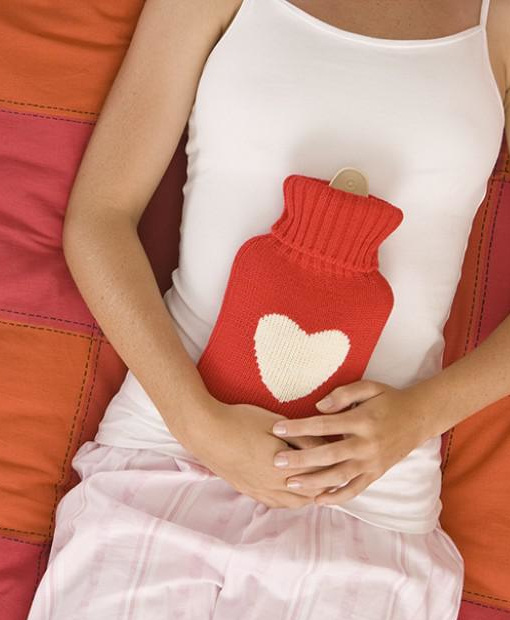
Many women experience abdominal pain on 9 days after embryo transfer, vaginal discharge appears, appetite decreases, and emotional instability manifests itself. The described symptoms occur as a result of hormonal changes in the body, as well as the introduction of the blastocyst into the uterine cavity. You can verify the onset of pregnancy as early as 12-14 days after IVF by taking a blood test for hCG levels.
Also, possible specific sensations on the 9th day after embryo transfer include:
- Drowsiness
- Nausea
- Dizziness
- Swelling of the mammary glands
- Rapid mood swings
It is very important to monitor your own well-being after IVF to identify possible complications. For example, some patients develop gonadal hyperstimulation syndrome against the background of preliminary hormonal treatment. Its occurrence may be indicated by:
- Bloating
- Swelling of the extremities
- Decreased visual acuity
- Headaches
To increase the chances of successful conception, women should adhere to the following rules for two weeks after IVF:
- Sleep 8-9 hours a day
- Normalize your diet
- Wear loose and comfortable clothes
- Avoid overheating and hypothermia
- Avoid sexual intercourse for a while
- Observe a relaxed bed rest for 2 days after embryo transfer
Do not panic if pregnancy signs do not appear on the 9th day after blastocyst implantation. This period is still too short for a pronounced clinical picture to appear. Most often, nagging abdominal pain, nausea and other symptoms are a consequence of hormonal support and the patient's psycho-emotional experience.

This award is given to clinics with the highest ratings according to user ratings, a large number of requests from this site, and in the absence of critical violations.

This award is given to clinics with the highest ratings according to user ratings. It means that the place is known, loved, and definitely worth visiting.

The ProDoctors portal collected 500 thousand reviews, compiled a rating of doctors based on them and awarded the best. We are proud that our doctors are among those awarded.
Make an appointment at a convenient time on the nearest date
Price
Other services

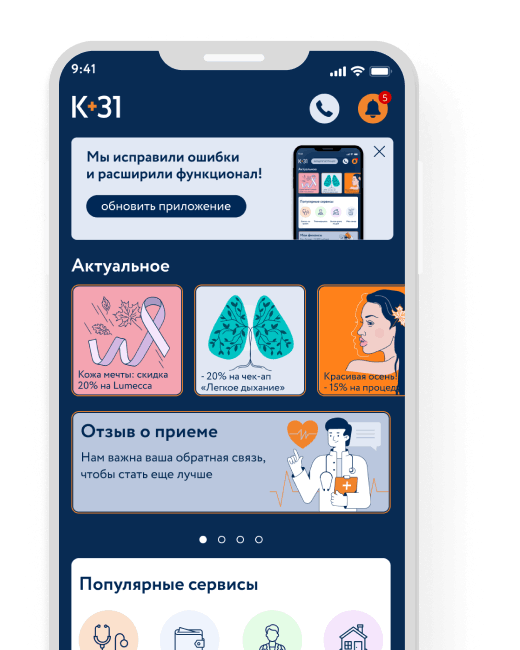
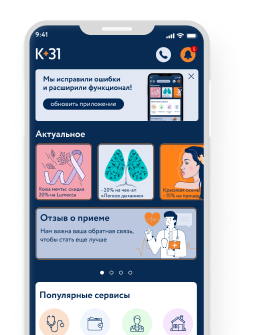



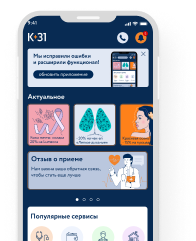






































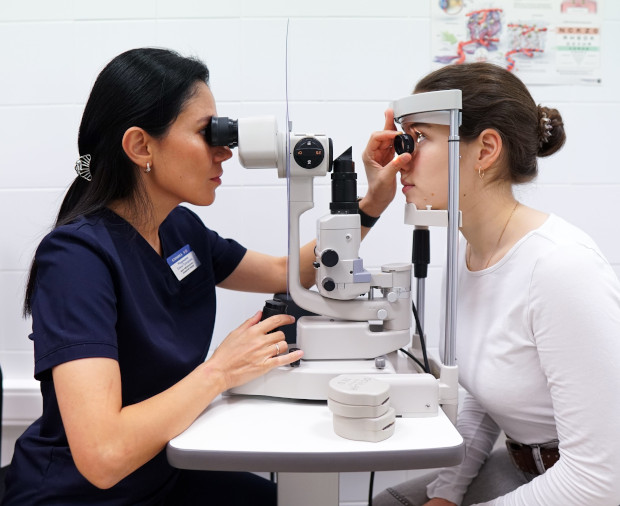




Negative test – what does it mean?
The hCG test is one of the most reliable methods for early diagnosis of gestation after the IVF procedure. The content of human chorionic gonadotropin in the blood serum begins to increase after the implantation of the blastocyst into the uterine mucosa. The concentration of hCG can determine:
Too low a hCG level can signal a frozen pregnancy or an ectopic pregnancy. According to statistics, the incidence of ectopic pregnancy after the IVF procedure does not exceed 1.5-3%.
The rate of increase in the concentration of the hormone in the body largely depends on which embryos were implanted in the uterus. Five-day-old blastocysts are implanted into the endometrium within 48 hours after the procedure, and three-day-old blastocysts - within 3-4 days after the procedure.
If the test is negative on the 9th day after embryo transfer, this does not always indicate the absence of pregnancy. Yes, the peak concentration of hCG in the body is reached on the 8-12th day after IVF. But it can only be determined by donating blood for analysis. Conventional pharmacy tests measure the hCG content in urine, which can differ greatly from the concentration in the blood serum.
The most optimal period for testing for hCG content is 12-14 days after implantation of the blastocyst into the uterus. If the indicator is between 25 and 100, such a test result is considered questionable. Therefore, the blood test is repeated after 2-3 days.